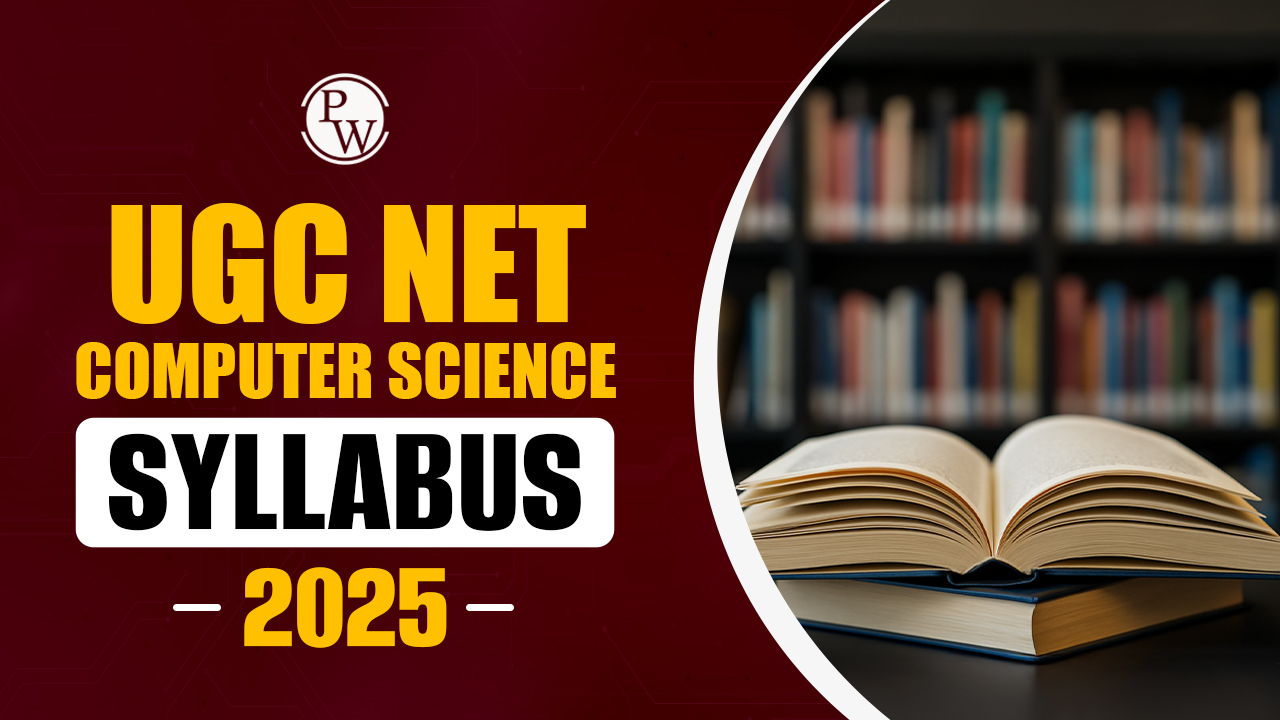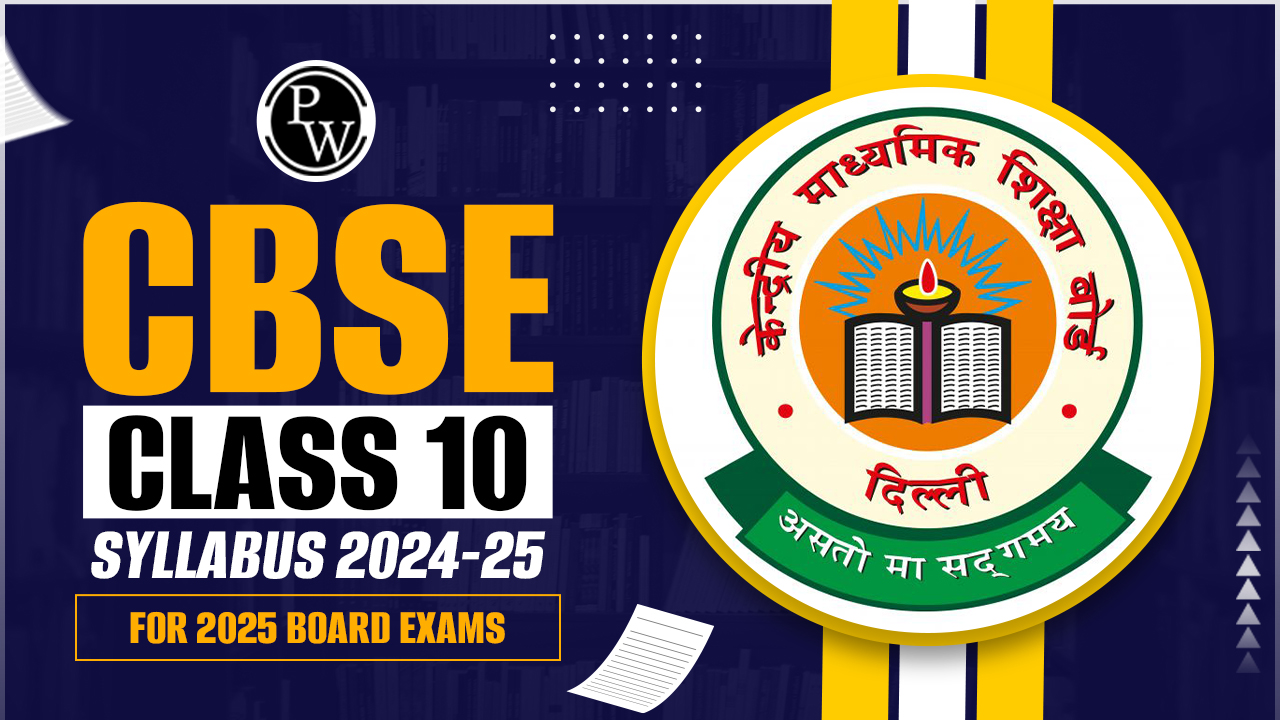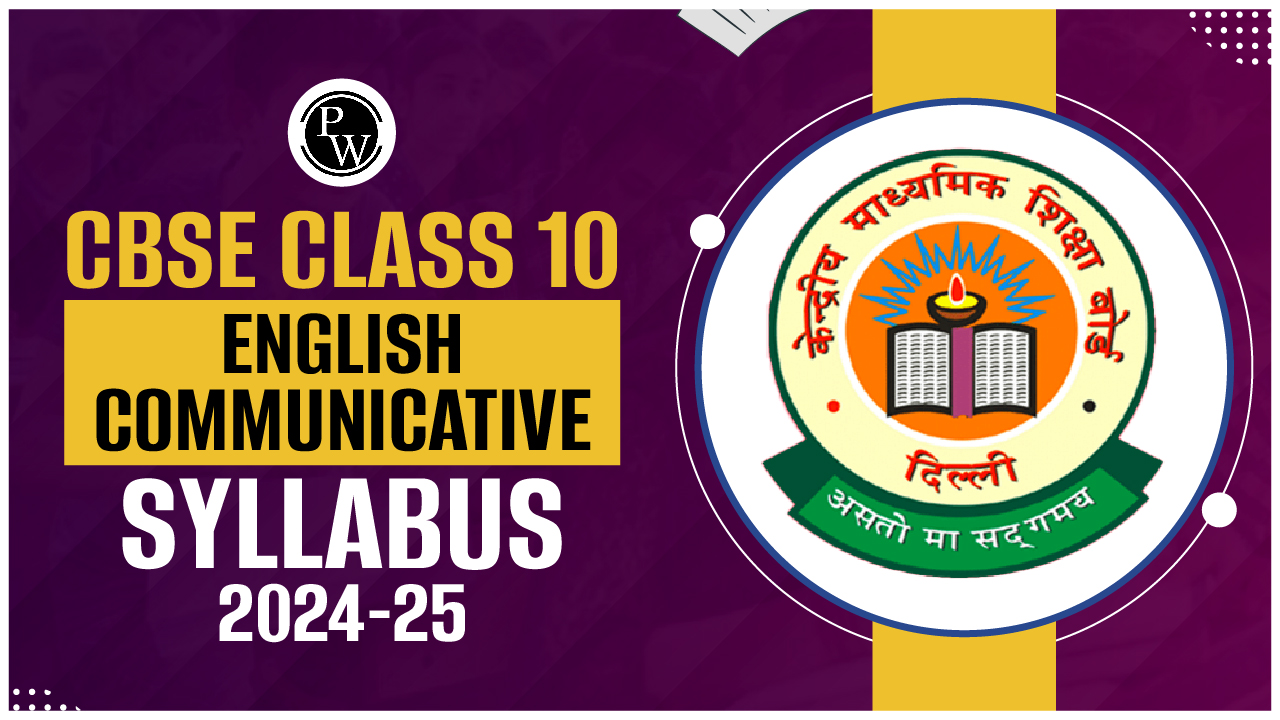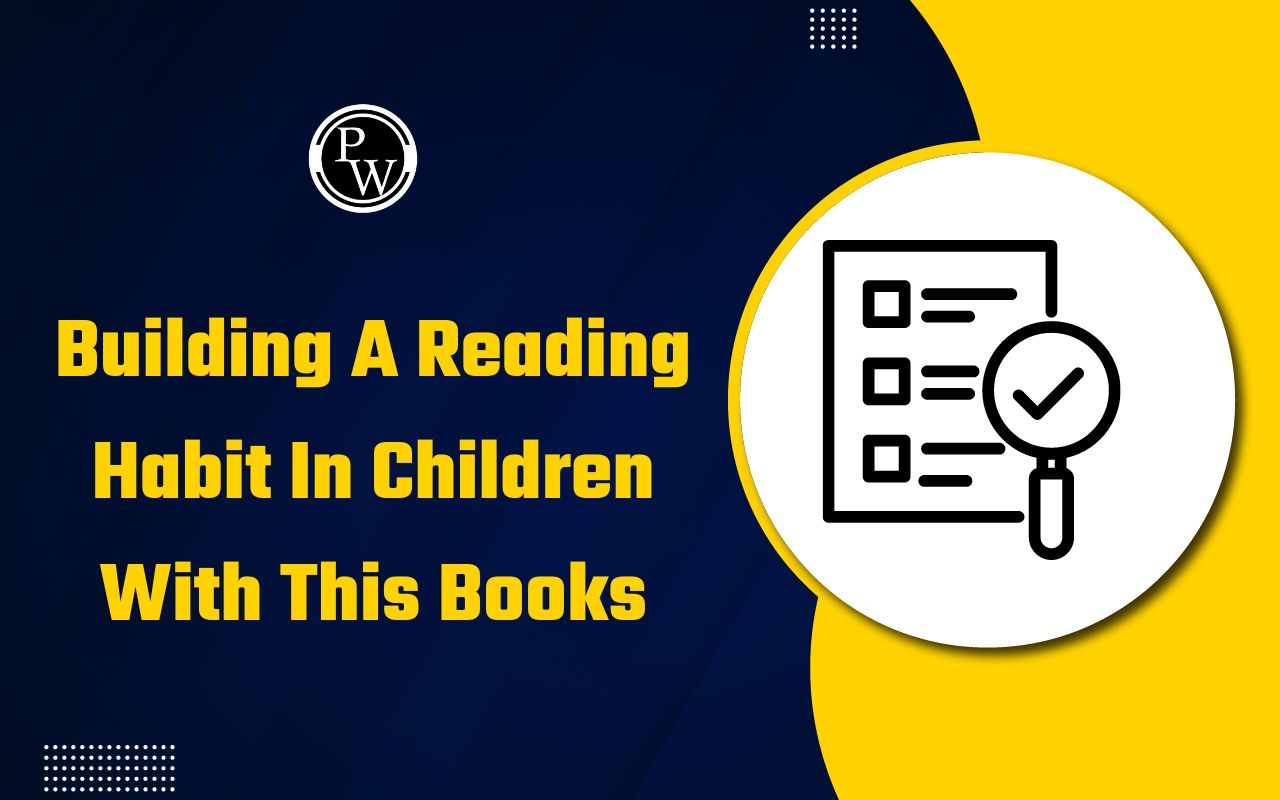UGC NET Computer Science Syllabus 2025

Struggling to qualify for a lectureship or research in Computer Science? UGC NET Computer Science exam is your gateway—but it’s not easy. With a vast syllabus, tough competition, and evolving patterns, many aspirants feel lost, overwhelmed, or underprepared. The pressure to cover complex topics like algorithms, AI, and theory of computation, while managing time, is real.
Ignoring the exam’s structure or skipping key subjects can cost you the chance at success. Without a clear plan, even the most brilliant minds may miss the qualifying mark.
Check Out: PW UGC-NET Books
UGC NET Computer Science Exam Pattern
Before you begin studying, it's good to know how the exam is designed. The UGC NET Computer Science exam has two papers:
Before you start studying, let's understand how the exam works:
-
Two Papers: Paper 1 (General) and Paper 2 (Computer Science topics)
-
Total Questions: 150 (50 in Paper 1, 100 in Paper 2)
-
Total Marks: 300 (100 for Paper 1, 200 for Paper 2)
-
Time: 3 hours
-
Question Type: All Multiple Choice Questions (MCQs)
-
Marking: 2 marks for each right answer
-
Negative Marking: None (wrong answers don't reduce your score)
Marking Scheme
-
Each correct answer gets 2 marks
-
No marks are cut for wrong answers
-
To qualify, you need at least 40% marks in both papers together
-
Paper 1 has 50 questions × 2 marks = 100 marks
-
Paper 2 has 100 questions × 2 marks = 200 marks
UGC NET Computer Science Syllabus: Section-Wise
The syllabus of UGC Net Computer Science is split into 10 units. Let's look at what each unit covers:
Unit 1: Discrete Structures and Optimization
-
Mathematical Logic: Truth tables, logical operations, propositions
-
Sets and Relations: Operations, properties, functions
-
Graph Theory: Paths, trees, connectivity, coloring
-
Optimization: Linear programming problems
-
Counting, Mathematical Induction, and Discrete Probability
Unit 2: Computer System Architecture
-
Digital Logic Circuits: Gates, flip-flops, registers
-
Data Representation: Number systems, binary coding
-
Basic Computer Organization: CPU, memory, I/O
-
Register Transfer and Micro-operations
-
Microprogrammed Control
Check Out - CTET Books
Unit 3: Programming Languages and Computer Graphics
-
Language Design: Syntax, semantics, compilation
-
Elementary Data Types: Variables, constants, expressions
-
Object-Oriented Programming: Classes, inheritance, polymorphism
-
2D Graphics: Transforms, viewing, clipping
-
3D Graphics: Object representation, transformations
Unit 4: Database Management Systems
-
Database Concepts: Models, schemas, architecture
-
SQL: Queries, joins, views
-
Data Warehousing and Data Mining
-
Normalization: Normal forms, dependencies
-
NoSQL Databases
Unit 5: System Software and Operating System
-
System Software: Assemblers, loaders, linkers
-
Operating Systems Basics: Types, functions
-
Threads and CPU Scheduling
-
Process Management: Creation, synchronization, deadlocks
-
Storage Management: Memory allocation, virtual memory
Check Out: 66 UGC NET Paper 1 Previous Year Solved Papers
Unit 6: Software Engineering
-
Software Process Models: Waterfall, agile, spiral
-
Software Design: Principles, patterns, UML
-
Project Estimation and Scheduling
-
Configuration Management: Version control, change management
-
Software Quality: Testing methods, quality metrics
Unit 7: Data Structures and Algorithms
-
Algorithm Analysis: Time and space complexity
-
Data Structures: Arrays, linked lists, stacks, queues, trees
-
Graph Algorithms: Shortest path, minimum spanning tree
-
Complexity Theory: P, NP problems
-
Advanced Algorithms: Dynamic programming, greedy methods
Unit 8: Theory of Computation and Compilers
-
Theory of Computation: Automata, formal languages
-
Context-Free Languages: Grammars, parsing
-
Computational Complexity: Decidability, tractability
-
Regular Language Models: Finite automata, regular expressions
-
Compilers: Lexical analysis, parsing, code generation
Unit 9: Data Communication and Computer Networks
-
Data Communication: Basics, transmission media
-
World Wide Web: HTTP, HTML, browsers
-
OSI and TCP/IP Layers: Protocols, functions
-
Mobile Technology: Wireless networks, protocols
-
Network Security: Encryption, authentication, firewalls
Unit 10: Artificial Intelligence
-
Artificial Neural Networks: Structure, learning algorithms
-
Genetic Algorithms: Selection, crossover, mutation
-
Natural Language Processing: Parsing, understanding
-
Knowledge Representation: Logic, semantic networks
-
Multi-Agent Systems: Cooperation, coordination
Read More: UGC NET Preparation Tips
Tips to Score High in UGC NET Computer Science
Want to do well in the ugc net cse syllabus exam? Here are some helpful tips:
-
Know the pattern: Understand how the exam works and what topics are important
-
Make a study plan: Create a timetable to cover all topics
-
Focus on basics: Make sure you understand the core concepts
-
Solve old papers: Practice with previous year questions. Books like UGC-NET Computer Science PYQ 11 Years.
-
Take mock tests: Test yourself under exam conditions
-
Revise regularly: Go through topics you've studied multiple times
-
Manage time: Learn to solve questions quickly
-
Stay updated: Learn about new developments in computer science
-
Stay calm: Don't panic during the exam
-
Get help: Ask teachers or friends when you have doubts
Study Materials
To prepare well for the ugc net cs syllabus, you should use the right books along with these steps.
-
Standard textbooks for each topic
-
Previous year question papers like UGC-NET Computer Science PYQ 11 Years
-
PW Online mock tests
-
Video lectures from reliable sources
-
Study notes and summaries
-
Official NTA sample paper
The full UGC Net Computer Science PDF is available on the official NTA website.
UGC Net Computer Science FAQs
1. What is the UGC NET Computer Science exam?
The UGC NET Computer Science exam is a national test held by NTA to determine eligibility for assistant professor or Junior Research Fellowship in Computer Science.
2. How many papers are there in the exam?
There are two papers: Paper I (General) with 50 MCQs and Paper II (Subject) with 100 MCQs.
3. What subjects are covered in Paper II?
Paper II covers topics like discrete structures, system architecture, programming, databases, operating systems, software engineering, data structures, theory of computation, networks, and AI.
4. Should I focus more on the ugc net syllabus for computer science or practice tests?
Both are important. Understand the ugc net syllabus Computer Science first, then practice mock tests and past papers.











